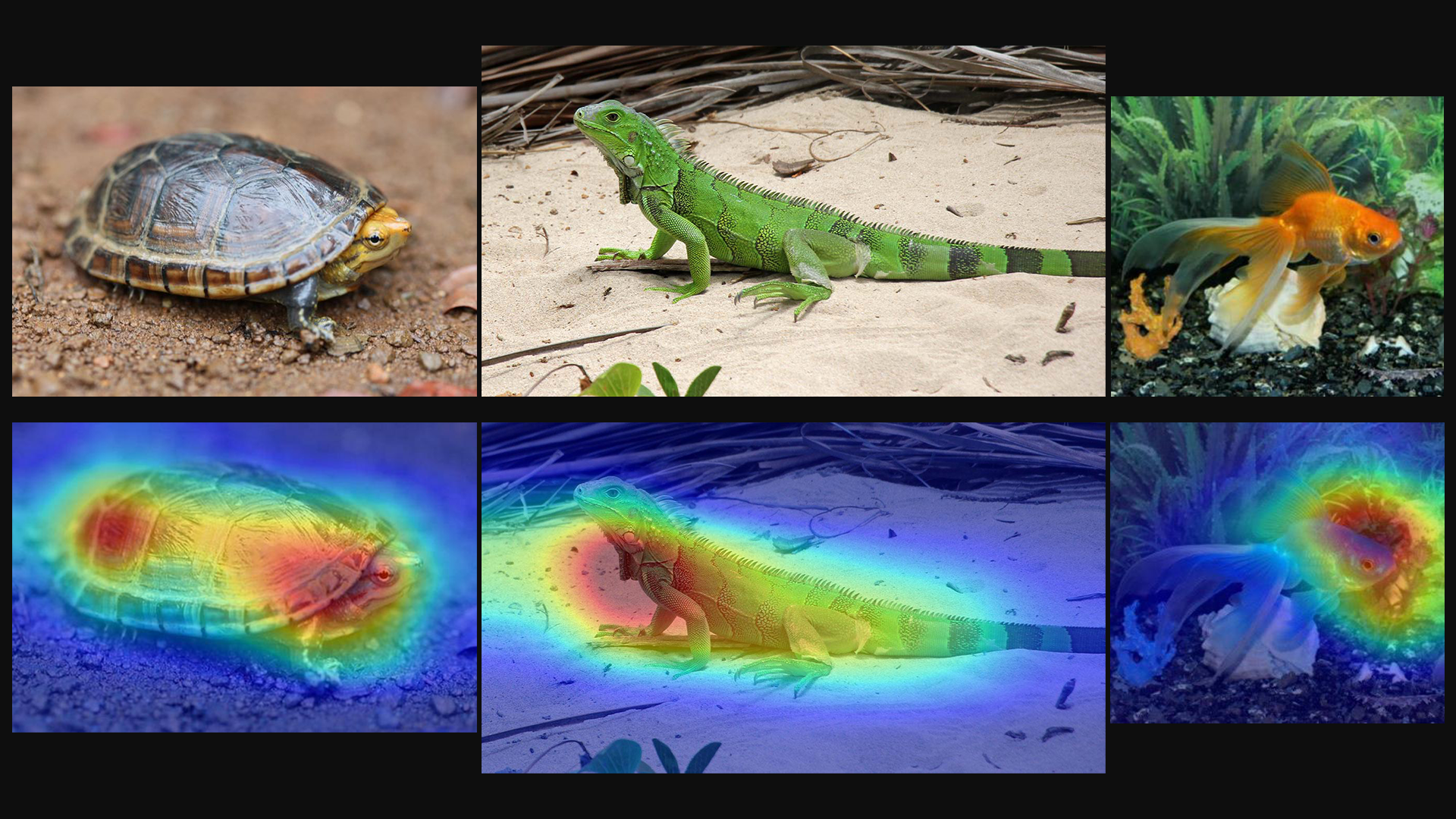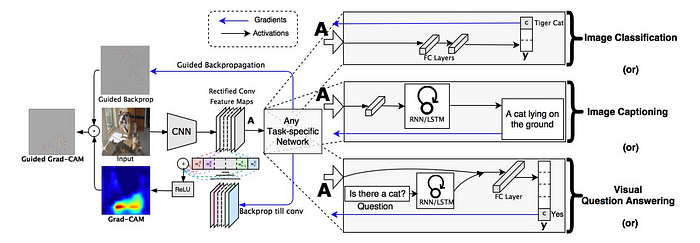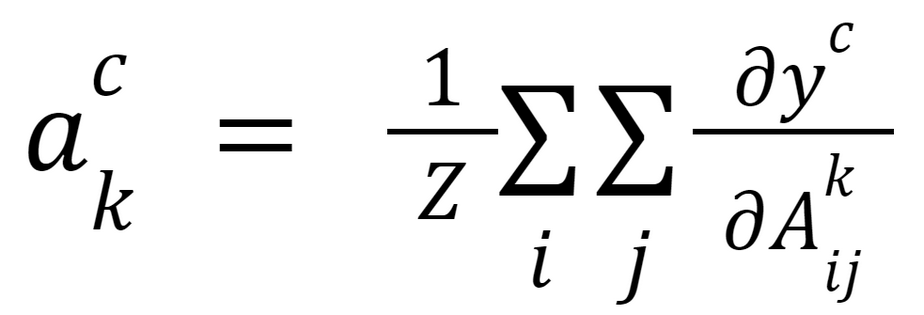
Seeing through AI's Eyes: The Grad CAM Technique
In the ever-evolving landscape of artificial intelligence (AI), understanding how a machine makes decisions is often considered a daunting task. AI models, particularly deep neural networks, are incredibly powerful but can seem like black boxes when it comes to interpreting their inner workings. This is where Grad CAM (Gradient-weighted Class Activation Mapping) steps in, offering a solution to unravel the mysteries of AI decision-making.
What is Grad CAM?
Grad CAM is a technique that provides insights into how a deep learning model reaches its conclusions, particularly in computer vision tasks. It was introduced by researchers in the paper "Grad-CAM: Visual Explanations from Deep Networks via Gradient-based Localization" in 2017. Grad CAM is widely used to visualize and interpret the reasoning behind a model's predictions, making it a valuable tool for both researchers and practitioners in the field of AI.
How Does Grad CAM Work?

At its core, Grad CAM generates a heatmap that highlights the regions of an input image that are most influential in the model's decision. Here's a simplified breakdown of how it operates:
Forward Pass: During inference, an input image is passed through the deep neural network, resulting in a prediction for a particular class or category.
Backpropagation: Grad CAM leverages the gradients flowing backward through the network during this process. It computes the gradients of the predicted class score with respect to the feature maps of the last convolutional layer.

Calculating Weights:The gradients are subjected to a global-average-pooling process over the dimensions of width (represented by "i") and height (represented by "j"). This pooling operation is used to calculate the importance weights.

Heatmap Generation: After the weights are determined, the next step is to perform a weighted sum of the feature maps in the last convolutional layer. This is where Grad CAM generates a heatmap that highlights the regions of the image that contributed most significantly to the model's decision.

Applications of Grad CAM
Grad CAM has found applications across various domains, including:
Medical Imaging: Visualizing the regions of an image that led to a diagnosis or classification, aiding doctors in understanding AI-driven medical diagnoses.
Autonomous Vehicles: Understanding how self-driving cars perceive and respond to their surroundings, improving safety.
Natural Language Processing: Adapting Grad CAM-like techniques to explain text-based AI models, enhancing interpretability in NLP tasks.
Artificial Intelligence Ethics: Addressing bias and fairness concerns by identifying problematic regions in input data.
In Conclusion
Grad CAM is a technique that empowers us to peer into the decision-making process of AI models, particularly in the realm of computer vision. Its ability to generate intuitive heatmaps has made it a valuable tool for both researchers and practitioners, fostering transparency, debugging, localization of objects within images and ethical AI development.
So, the next time you're puzzled by an AI's decision, remember that Grad CAM might just be the key to unlocking the mystery behind it.
Read more useful information about advanced AI for computer vision here.
Lidiia Kachmarska, data scientist
